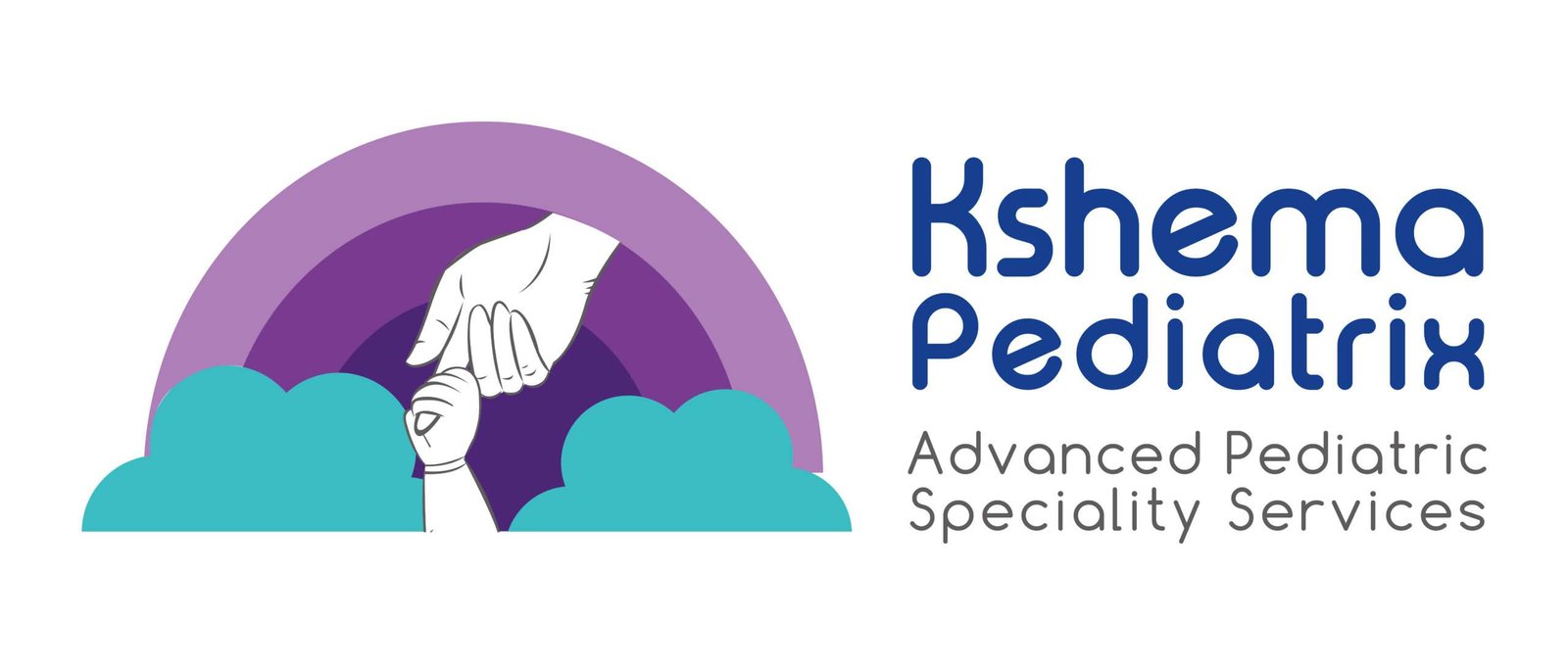
Pediatric Surgical Speciality
30 Years of Clinical Practice
Dr. Ramesh Santhanakrishnan, a senior Pediatric Surgeon with nearly 30 years of clinical practice in Bangalore.
☑️ Specialized Pediatric Care: Focuses on advanced pediatric surgery and medical services.
☑️ Experienced Team: Led by Dr. Ramesh Santhanakrishnan with over 30 years of experience.
☑️ Comprehensive Services: Includes Pediatric Surgery, Urology, Neurology, ENT, Gastroenterology, and more.
☑️ Compassionate Care: Committed to providing ethical, child-friendly treatment.
☑️ Modern Facilities: Equipped with state-of-the-art medical equipment for pediatric needs.
A Sneek Peak into our Clinic

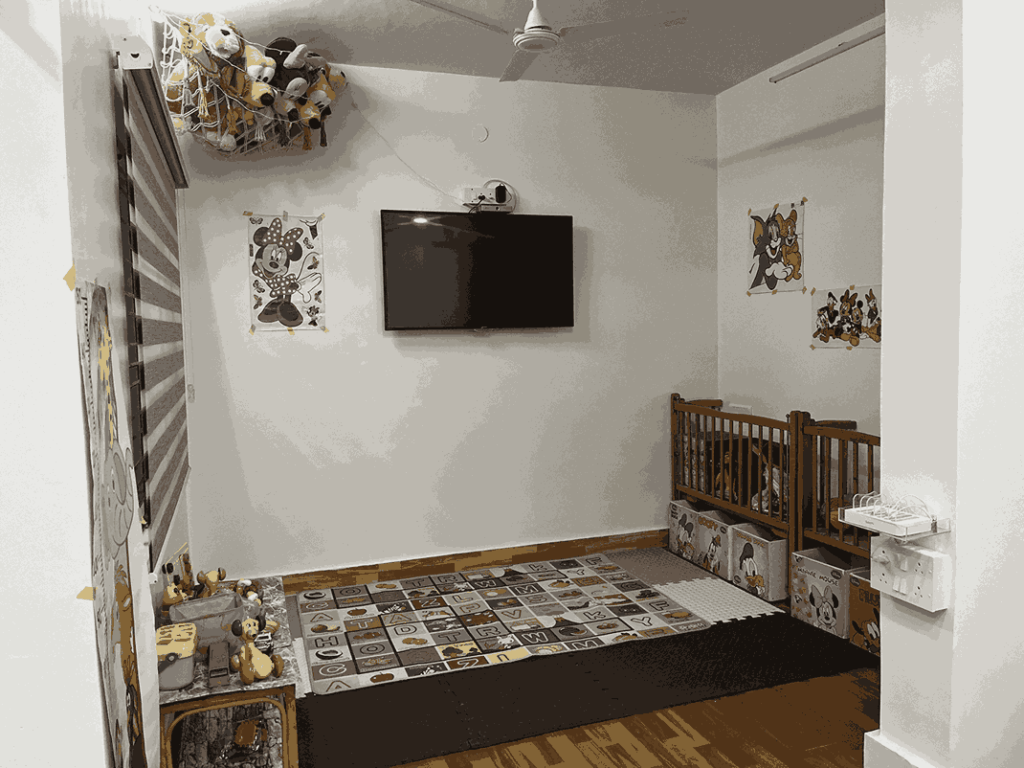
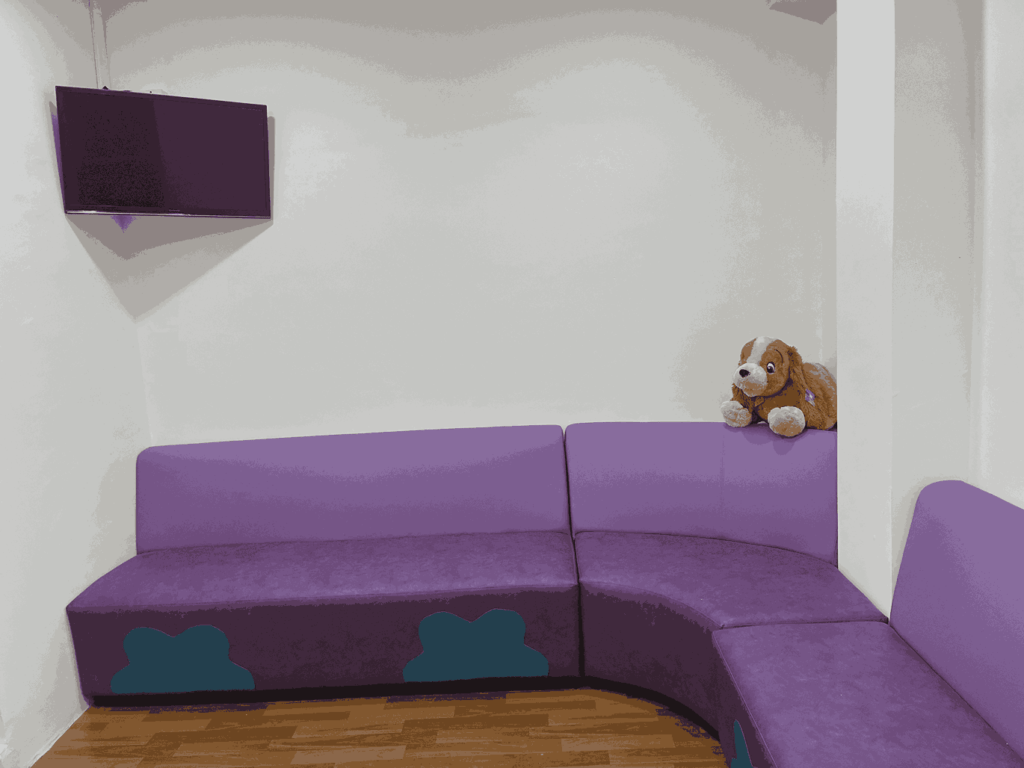
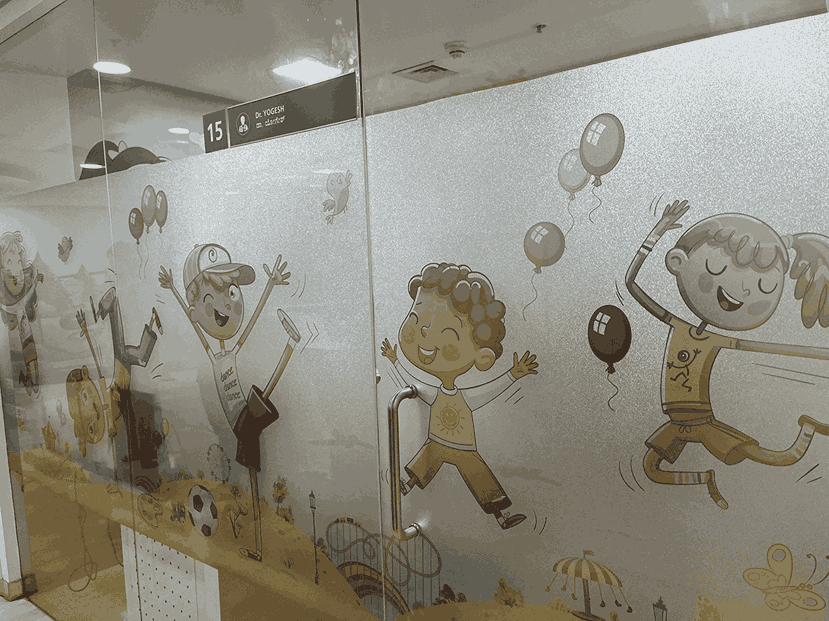
Why Choose Our Pediatric Speciality Services
☑️ Three decade long legacy
☑️ Best-in-class tools and technology to deliver advanced pediatric surgical services
☑️ Brought thousands of children out of Pediatric conditions enabling them to live a happy and healthy life
☑️ Being empathetic and humane are integral to our approach
☑️ We relentlessly pursue our passion for excellence
Services Offered: Pediatric Surgical Super Specialities
☑️ General Pediatric Surgery
☑️ Advanced Minimal Access Surgery
☑️ Pediatric Urology
☑️ Pediatric ENT Surgery
☑️ Pediatric Orthopaedic Surgery
☑️ Pediatric Onco-Surgery
☑️ Hepato-Biliary and Colorectal Surgery
☑️ Pediatric Thoracic Surgery
☑️ Pediatric Neurosurgery
☑️ Pediatric Plastic Surgery
☑️ Pediatric Dentistry
☑️ Antenatal Counselling
Testimonials
What Our Little Patients Say
“You’re the nicest doctor ever! Can you be my doctor forever?”
Fill the Form below to get in Touch
Frequently Asked Questions (FAQs)
A pediatrician is a medical doctor who specializes in the care of children. Pediatricians have undergone special training in the health and illnesses of infants, teens and young adults.
In the five year course leading to the basic medical degree, paediatrics is only a small part. To specialise in children’s disorders (that has a course different from an adult) it takes an
additional three years. Pediatricians specialize in the physical, emotional, and social health of
children from birth to young adulthood. Children deserve to be examined by someone who has
studied their health and disease separately and gained expertise in them.
Some of the ley criteria in choosing the right pediatrician for your child are: Qualification and
Experience of the Doctor; Ethos and Values of the Doctor; Tools, Technology and Equipments
used; Proximity and Availability; Social Proof/Testimonials from Patients and Parents.
Your child should not only see the pediatrician for an illness. It is also important to schedule
well-child-care exams regularly, beginning in infancy. Also called well-care visits or checkups,
these routine examinations provide the best opportunity for the doctor to observe the progress
of your child's physical and mental growth and development; to counsel and teach parents; to
detect problems through screening tests; to provide immunizations, and to get to know one
another.We recommend the following schedule for routine well-care visits:
3 to 5 days; 1 month; 2 months; 4 months; 6 months; 9 months; 12 months; 15 months; 18
months; 2 years; 2 1/2 years; 3 years; 4 years; 5 years; And every year thereafter for an annual
health supervision visit that includes a physical exam as well as a developmental, behavioral,
and learning assessment.
Our Clinic is open 5 PM – 7 PM Monday – Friday.
You can schedule an appointment by calling our office/scheduling an appointment or sending
us a consultation request on our website.
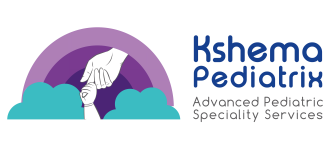
In no way are we associated with Facebook or Google. Once you leave Facebook/Google the responsibility is no longer on any Google or Facebook-owned entity. Your privacy is 100% secure and will NEVER be shared.
All of our terms, privacy policies and disclaimers for our services and website can be accessed via the links below. We feel transparency is important and we hold ourselves (and you) to a high standard of integrity.
Email: kshemapediatrix@gmail.com
© 2024 Kshema Pediatrix. All Rights Reserved
Designed by Beanpole
Pediatric Orthopedic Surgeon
The work of the Pediatric Orthopaedic Surgery Service affects all aspects of children’s skeletal health from birth to adolescence. Contrary to adult orthopedic care, pediatric orthopedics involves bones that grow, joints that develop, and muscles that grow and change, requiring a dedicated, gentle, and more precise treatment. If you’re looking for Pediatric Orthopaedics near me, or Pediatric Orthopedic care in Bangalore, you’re already on the right path to your child’s health.
Why Early Diagnosis Matters
Kids are way more than shrunken adults. Their bones change and heal in ways that are different from ours, and it is essential to detect issues like clubfoot, scoliosis, hip dysplasia, and limb deformities early. Appropriate early intervention in timely pediatric orthopaedic surgery — or even nonsurgical care — is key to improving long-range mobility, growth, and quality of life. Some issues won’t simply go away if left untreated (some can lead to lifelong difficulties).
Growing Demand for Pediatric Orthopedic Care in Bangalore
There is an increase in interest due to greater awareness, a growing population, and urban lifestyle-related injuries, which has also increased the demand for Pediatric Orthopaedic Surgery in Bangalore. Parents today are more likely to seek specialized care for their children, whether it’s for sports injuries, developmental disorders, or congenital bone conditions.
Options: Surgical vs Non-Surgical
Surgery is not recommended for every child. Conservative treatment, including physiotherapy, orthoses, splinting, or casting, often suffices for numerous pediatric orthopedic conditions. Surgery is reserved for cases that require it, and it is performed by experienced pediatric orthopedic surgeons who are trained to operate on children’s anatomy.
Why Bangalore is Becoming a Pediatric Orthopedics Hub
With a good number of world-class hospitals, internationally trained specialists, and a paediatric-friendly rehabilitation facility, Bangalore has emerged as a mecca for children with musculoskeletal problems. Doctors at the helm of major hospitals such as Rainbow Children’s Hospital, SPARSH Hospital, Manipal Hospital, and Aster CMI provide a full range of kids orthopaedics-(care of all injuries and diseases of bones, joints and muscles in growing children) so kids do not have to leave state for high-end treatment.
Whether you are located in Whitefield, Indiranagar, Koramangala, or anywhere else in the city, finding a highly qualified pediatric orthopedic surgeon in Whitefield, Bangalore, has become easier than ever – and more necessary than ever for the proper development of your child.
What is Pediatric Orthopaedics?
Pediatric orthopaedics is a field of orthopaedic medicine concerned with the scope of musculoskeletal problems in children from the neonatal period to the end of skeletal growth (i.e., usually from birth to 18 years of age). The American Academy of Orthopaedic Surgeons | Number of pediatric orthopaedic surgeons is grossly insufficient The American Academy of Orthopaedic Surgeons (AAOS) Members of the Pediatric Orthopaedic Society of North America (POSNA) Who Are Diplomates of the American Board of Orthopaedic Surgery and Fellowship-trained in Pediatric Orthopaedic Surgery: AOA: Evidence and Recommendations for OrthopaedicsThis document, provided by POSNA and the AAOS, illustrates potential roles for pediatric orthopaedic surgeons. Like adult orthopaedics, Johns Hopkins Medicine states that pediatric orthopaedics is a specialty that provides surgical and nonsurgical care for musculoskeletal issues in children.
Pediatric Orthopaedic vs General Orthopaedic: What is the Difference?
While most orthopedic surgeons care for adults as well as children, pediatric orthopedic specialists are specifically trained to treat growing children. The distinction is not only a matter of the size of the bones, but also the way they grow, heal, and respond to treatment. Children have more flexible bones, so if a problem is caught early, many breakages or malformations can be corrected without surgery.
Unlike adult care, which tends to focus on the wear and tear of life, pediatric orthopaedic care addresses issues that are still developing or were present at birth (congenital), as well as those that have resulted from an injury. A fracture in a child, for example, could be treated with casting alone, but would need surgical fixation in an adult.
Who requires paediatric orthopaedic care?
The field of pediatric orthopaedics is comprised of:
Infants born with congenital deformities, including clubfoot or hip dysplasia
Adolescents who have scoliosis, growth plate injuries, or sports injuries
As a general rule, pediatric orthopaedic surgeons typically care for patients from birth until approximately 18 years of age, depending on the hospital or clinic’s policy.
Specialized Training for Pediatric Orthopaedic Surgeons
Pediatric orthopaedic surgeons attend medical school, complete a residency in orthopaedic surgery, and then undergo additional training during a fellowship in pediatric orthopaedics. This extra training enables them to:
Learn about the growth of musculoskeletal systems
Be able to communicate with children and their parents.
Formulate age-specific treatment plans with minimal interference to facilitate further growth.
So, in conclusion, paediatric orthopaedics is a highly specialized specialty that focuses on children’s bones, joints, and muscles to ensure they grow up healthy and strong, and it requires a great deal more than general orthopaedic knowledge.
The Scope and Subspeciality of Pediatric Orthopaedics
The field of pediatric orthopaedics is vast, and several procedures are designed specifically for children. It provides comprehensive care—preventive, corrective, and rehabilitative—for disorders affecting the bones, joints, muscles, tendons, and ligaments, as well as the spinal cord and peripheral nerves, in children and adolescents from infancy through the teenage years. Unlike adult orthopaedic care, paediatric orthopaedic care is not only directed at solving actual problems but also at maintaining normal emotional growth and development.
Essential Aspects of Pediatric Orthopaedic Knowledge
Pediatric orthopaedists treat a wide variety of conditions, including:
Spine: Scoliosis, kyphosis, spinal deformities
Hips: DDH, Perthes
Knees: Dislocation of the patella, Osgood-Schlatter disease
Limbs: Other correct limb length inequality, other angular deformity (knees – bow legged, knock-kneed)
Infections involving the bone: Osteomyelitis, septic arthritis
Neuromuscular conditions: cerebral palsy, muscular dystrophy, spina bifida
These experts also treat trauma, fractures, and growth plate injuries that are frequently seen in active kids and growing teenagers.
Common Pediatric Orthopaedic Conditions
Children can present with a range of musculoskeletal conditions during their developmental years. These problems typically require specialized intervention, and hence, pediatric orthopedic surgeons in Bangalore play a significant role in diagnosis and management. From birth defects to sports injuries, being aware of common orthopedic problems in children can help parents obtain timely medical help and achieve the best possible outcome.
Congenital & Other Conditions
Such conditions often originate from birth or early childhood because the newborn’s or toddler’s bones and joints have not formed or have not been properly aligned.
Clubfoot: One of the most common birth defects, in which a baby’s foot is turned inward. Prompt correction with the Ponseti method (casting and bracing) or simple surgical intervention may result in complete correction.
DDH (Developmental Dysplasia of the Hip): A condition in which the hip joint forms incorrectly, and it can be dislocated or unstable. In developing countries, DDH will need early detection as it will cause lifelong disabilities.
Unequal Leg Lengths: Uneven leg lengths can influence both posture and walking. This may be managed with shoe lifts, bracing, or surgery, depending on the severity and age of the child.
Infections and Inflammatory Disorders
The bones and joints of children are vulnerable to infections that can spread rapidly throughout the body.
Septic Arthritis: A bacterial infection of a joint that causes pain, swelling, and fever. It demands immediate surgical drainage and antibiotics.
Osteomyelitis: An infection of the bone, typically caused by bacteria or trauma. Early detection and timely antibiotic treatment are crucial in preventing the destruction of bone.
Neuromuscular Disorders
These are muscle and nerve functions that can affect a child’s movement and bone development.
Cerebral Palsy: Impacts muscle tone, posture, and movement. Orthopaedic surgeons with specialized training in pediatric conditions treat these types of conditions, as well as other associated conditions, such as hip dislocation, scoliosis, and contractures.
Spina Bifida: A birth defect affecting how the spine develops, which can cause deformities, weakness, and problems walking.
Trauma & Fractures
Nearly every child gets hurt, and some types of injuries can affect bone growth if they aren’t treated appropriately.
Fractures at the Growth Plate: These injuries occur in the developing part of the bone and require different treatment to prevent growth deformities.
Chronic dislocations are common in the shoulders and knees, although they are more likely to occur in very active kids and teens.
Spinal Deformities
Curve progression can occur during these growth periods, and the spine may need to be monitored closely, or surgery may be necessary.
Scoliosis: A sideways deviation of the spine is quite common among adolescents. It is essential to treat based on the degree of curvature and the rate of progression.
Kyphosis: An abnormal forward rounding of the spinal column that may be congenital or caused by poor posture or any spinal condition.
Whether you’re dealing with a simple limp or a more complex bone problem, early identification of these pediatric orthopedic conditions can make a difference. Thankfully, the top kids’ orthopedic hospital in Bangalore provides and treats all of these and more, enabling kids to get back to their lively, pain-free selves.
Most Common Pediatric Orthopaedic Surgeries
When conservative therapies fail, pediatric orthopedic surgeries are often necessary to achieve function, deformity correction, and the child’s overall well-being. These procedures are carefully planned and executed by pediatric orthopaedic surgeons with specialized training in working with growing bones, joints, and muscles.
If you are asking yourself, “What is the most common pediatric orthopedic surgery?” it depends on age. However, a handful of procedures are perennially among the most common, as some conditions are prevalent among children.
Foot Deformity (Ponseti Method + Surgery)
Clubfoot is one of the most common congenital deformities in infants. The gold standard of care is the Ponseti method (manipulation and casting). Minimally would involve complete correction, whereby a tenotomy (surgical freeing of the tendon) would be necessary in some instances. The procedure is minimally invasive and highly successful if performed at a young age.
Spinal Fusion for Scoliosis
Spinal Fusion Surgery: Spinal fusion is the standard surgical treatment for teenagers with worsening scoliosis, particularly for curves exceeding 45–50 degrees. In this operation, two or more vertebrae are fused to prevent any additional curve progression. Today’s technology also allows surgeries to be safer and have faster recovery, with long-term stability.
Open or Closed Reduction of Fractures
Physeal (growth plate) fractures are of particular concern. What kind of surgery do pediatric orthopedic surgeons perform?
Closed reductions (manipulating the bone rather than surgically)
Open reductions (Surgical repositioning)
The purpose of these approaches is to maintain the growth potential of the bone and prevent long-term sequelae, such as limb shortening or deformity.
Tendon Release and Lengthening for Cerebral Palsy
Many children with cerebral palsy suffer from muscle tightness and contractures. Tendon release or tendon lengthening surgery can significantly improve mobility and function. These procedures work to correct deformities in the knees, hips, and ankles, allowing for improved posture and increased mobility, including the ability to walk.
Hip Reconstruction for DDH
For those with Developmental Dysplasia of the Hip (DDH), after non-operative treatments are rejected, they might opt to undergo a hip reconstruction operation. This intricate operation realigns the hip joint to permit normal growth and function. Surgical resection early in the disease process is associated with improved long-term surHow long does treatment take for a child with Limb Deformity Corrections(Ilizarov Method, Guided growth)?
Limb Deformity Corrections (Ilizarov Method, Guided Growth)
Limb length discrepancy and angular deformities of lower limbs (example: Knock knees or bow legs) are mostly treated with:
It was an Ilizarov procedure, but the fixator was used to lengthen the bone.
Guided growth surgery – where small plates or screws are set to straighten the leg as your child grow eventually
Both methods are successful in reconstructing symmetry and function.
Growth Plate-Related Surgeries
Children’s bones grow from specific areas in their bones called growth plates, and operations that involve those areas must be performed with great precision. Common procedures include:
Epiphysiodesis (inhibiting the growth of a bone to correct length discrepancies)
Arthroscopic Excision of a Physeal Bar (cutting out scar tissue in the bones’ ends after they have been damaged)
Risk and Adverse Outcomes in Pediatric Orthopaedic Surgery
Although children’s orthopaedic procedures are generally safe and most provide excellent results, like any surgical procedure, there are some risks. This array of possible complications is crucial for parents to be aware of, enabling them to make informed decisions and ensure appropriate care for their baby.
Common Pediatric Orthopaedic Surgery Complications
Some of the most commonly reported dangers are:
Anesthesia Reactions: Some children may react to the anesthesia, which can include nausea or vomiting, and rarely an allergic response.
Post-operative infections, though rare, may develop and require antibiotics or possibly further surgery.
Implant Complications: there is a small risk of the rods, plates or screws becoming loose or breaking as the child grows in surgeries where these are used.
Non-Union or Malunion: Sometimes bones do not heal, usually in a very active child following surgery, or if there is an involvement with the growth plate.
Even the most routine, minor procedures – such as tendon releases and fracture fixations – must be meticulously orchestrated to protect the delicate tissues that are still growing.
Complexities Unique to Children
Children’s bones never stop growing, unlike those of adults. You never know what appears to be a minor procedure, but could end up affecting the growth plates and you have kids with one leg longer than the other,” or angular deformities, for that matter, or issues down the line if they aren’t followed carefully.
As a result, paediatric orthopaedic surgery is peculiarly complex and requires skilled surgeons who not only know how to operate but also have a thorough understanding of developmental biology.
What Are the Riskiest Pediatric Orthopaedic Operations?
High-risk procedures typically involve:
Fusion of the spine for scoliosis
Reconstructive hip surgery in severe dysplasia
Procedures that lengthen limbs (such as Ilizarov’s method
These interventions require multidisciplinary care, including paediatric internal medicine, paediatric physiotherapists, neurologists, and child psychologists, to avoid complications and support recovery.
However, with the selection of a skilled pediatric orthopaedic surgeon in Bangalore and follow-up, many of these complications can be effectively optimized or avoided, and long-term outcomes are usually excellent.
Best Pediatric Orthopaedic Hospitals & Doctors in Bangalore
We ensure that you can find the best pediatric orthopedic doctor in Bangalore. Within Bangalore, there are a handful of world-class hospitals that offer specialized pediatric orthopaedic services, combining expertise in advanced technology with child-friendly care.
From Whitefield to Hebbal, to central Bangalore, many well-known centres have been treating everything from congenital deformities to complex trauma and spinal issues.
Rainbow Children’s Hospital – Pioneer in Pediatric Orthopaedics
Rainbow is the best pediatric orthopaedic hospital in Bangalore. It features:
A team consisting of multi-specialty pediatricians with some of the top pediatric orthopedic surgeons in the city
State-of-the-art operation theaters for minimally invasive and reconstructive surgeries
On-site paediatric physiotherapy and rehab departments for kids
Excellent results in complex diseases such as DDH, scoliosis, and CP deformities
With an exclusive department for pediatric orthopedic surgeries, Rainbow Hospital is among the top preferences of parents across Bangalore.
SPARSH Hospital – Specialized in trauma and deformity care for children
About Hospital Located in the heart of Bangalore city, SPARSH Hospital, Hosakerehalli, Bangalore is famous for the following:
A busy pediatric orthopaedic service, with a focus on trauma and post-injury care
There is a state-of-the-art facility for treating deformities of the limbs and spine.
A staff of board-certified experts specializing in early detection and personalized treatment programs
SPARSH is frequently referred to for children who require precision, multi-staged care for conditions such as growth plate fractures and clubfoot corrections.
HOSMAT Hospital – Orthopaedic heritage with paediatric perfection.
Over the years, HOSMAT has emerged as one of the major orthopedic hospitals in Bangalore. It has pediatric orthopaedic specialization with:
A heritage of caring for children with orthopedic complexity
Emphasis on post-surgical rehabilitation to facilitate the long-term recovery process.
Various treatment options, such as Ilizarov methods and growth-modifying procedures
For families located in and around central and eastern Bangalore, its legacy remains unmatched in terms of experience and infrastructure.
Aster CMI & Manipal Hospitals – Technology Mingles With Expertise
Both Aster CMI Hospital (Hebbal) and Manipal Hospitals (Whitefield & Old Airport Road) are commendable for:
Board-certified pediatric orthopaedic surgeons trained internationally
Advanced technology such as 3D imaging, robotic surgical assistance, and minimally invasive approaches
Collaborative care with child life specialists, counselors, physical therapists, and physicians was a family-centered approach.
Situated in Whitefield, Manipal is easily accessible to families in East Bangalore, who will find it convenient to receive high-quality, cutting-edge pediatric orthopaedic services in their proximity.
Selecting the Right Pediatric Orthopedic Surgeon: What to Consider
When it comes to finding the top pediatric orthopedic surgeon in Bangalore, think:
Expertise in specific conditions: Important for complex cases such as scoliosis, neuromuscular conditions, or trauma
Hospital as a Facility: ICU for a Child, Child-oriented Operation Theatres, Rehabilitation services, BP monitoring after surgery
Parental Testimonials and Hospital Track Record: experiences are of an exceptional quality. Need to conduct and, on Most occasions, the experiences are based on the quality of care provided elsewhere, as published.
Questions Parents Commonly Ask About Pediatric Orthopaedic Surgery
Your child can be referred to a pediatric orthopedist at any age, from infancy to late adolescence. Common referrals occur in the first few months of a child’s life for congenital conditions such as clubfoot or hip dysplasia; others may focus on sports injuries, scoliosis, or abnormal gait later in childhood.
Suffering from a congenital deformity that is unresponsive to other forms of treatment
Suffers from being in daily pain or has mobility restrictions
Has a significant fracture, curve in the spine, or defect in growth
The condition will be assessed through imaging and a physical examination by a pediatric orthopedic surgeon, and surgical treatment may be recommended.
Yes, pediatric orthopedic surgeries are relatively safe when performed by expert surgeons. Bangalore’s pediatric centers operate under international safety standards, offering pediatric anesthesia and specialized equipment. Complications such as infections or slow-to-heal wounds are reduced thanks to appropriate postoperative care and regular checks.
Recovery depends on the type of surgery performed. This can range from 1–2 weeks for minor procedures, such as tendon release, to several months for major surgeries, including spinal fusion or limb lengthening. Follow-up appointments and imaging help track healing, and most children return to normal activities with time.
Yes, physiotherapy after surgery is essential for most orthopedic surgeries in children. It’s a good way to increase mobility and reduce stiffness of the body, and it’s also good for toning muscles. Treatment will generally be tailored to your child’s age, condition, and stage of recovery, and can last for weeks or months.
Spinal fusion and joint replacement are the most painful of all orthopedic surgeries because they are the most invasive and are done on weight-bearing joints,” says Michael Schaefer, MD, a Mayo Clinic anesthesiologist. The difference was that in children, hip reconstruction and limb lengthening procedures can be painful, but despite the pain, it is controlled by pediatric pain protocols and counseling.
Orthopedic conditions, such as clubfoot, developmental dysplasia of the hip (DDH), scoliosis, and fractures, are among the more prevalent conditions in children. Growth plate fractures are also common, especially among children or teenagers who are physically active. Prompt recognition and treatment usually result in a favorable outcome.
Regional variation occurs, but the fifth most common operation, osteo, may be:
Total knee replacement
Total hip replacement
Spinal fusion
Fracture repair
Arthroscopic surgery for conditions of the Joints
In pediatrics, this could mean hip reconstruction or guided growth surgeries
Pediatric surgery is different from the common term ‘care for children’ as any such care for paediatric patients is directly related to the body structure of children, including anatomy, growth, and development. The significant number of surgeries was because many of the procedures could hardly be classified as general surgery, yet they are still prevalent in the adult population. Pediatric orthopedic surgery brings it even closer, focusing on the bones, joints, and muscles in young, developing bodies with its array of instruments and procedures.
Orthopedic surgery treats musculoskeletal problems in patients of all ages, whereas pediatric orthopedic surgery focuses specifically on children. Pediatric physicians are knowledgeable about working with growth plates, bone formation, and conditions specific to age. They are skilled in child-friendly techniques, adapting treatments for children.
The most risky PO cases in the young are:
Spinal fusion for scoliosis
Extension osteogenesis (Ilizarov method)
Complex hip reconstructions
All surgeries have their inherent risks, whether it be infection, blood loss, or growth disturbances; however, complications are rare when performed by experienced teams with up-to-date technology and protocols.
In orthopedic practice, closed fracture reductions, clubfoot tenotomy, and tendon lengthenings are considered minor surgeries. These are generally outpatient or same-day treatments with short patient system recovery times and low complications when correctly handled.
This is typically a term used in general surgery for pancreaticoduodenectomy (Whipple’s procedure), not pediatric orthopedics. However, some orthopedists prefer to describe spinal fusion as the most difficult — or the “mother” of all orthopedic procedures — due to its technical challenges and influence.
Some of the most painful surgeries are:
Spinal fusion
Bone grafting
Joint replacements
In the pediatric patient, spinal and limb lengthening surgeries are among the most painful, despite advances in anesthesia and pain protocols, discomfort continues to persist.
Yes, Most pediatric orthopedic conditions are treated without surgery, including:
Bracing and splinting
Casting
Physical therapy
Orthotic devices
Some entities, such as mild scoliosis, early clubfoot, or limb length differences, often respond well to conservative therapy if diagnosed at an early age.
In certain disease states, the outcome may be affected by delaying surgery. For example, delaying hip dysplasia or scoliosis can lead to deformity. However, in non-acute cases, pediatric orthopedic surgeons typically follow a child’s development before deciding on surgery. Be sure to always adhere to your specialist’s timing recommendations.
Non-Surgical Approaches & Post-Surgery Care in Pediatric Orthopaedics
When it comes to child orthopaedic doctors in Bangalore, not everything in the field requires surgery. The truth is that timely diagnosis and effective, non-invasive treatment can help improve your condition and prevent surgery in many cases.
Early Detection & Non-Invasive Treatments are Key
Additionally, many childhood orthopedic problems — such as flat feet, mild scoliosis, or in-toeing — can be successfully treated with early intervention. Early detection of problems is often made during routine pediatric visits, and immediate referrals are made to a pediatric orthopedic specialist.
What about Bracing, Orthotics & Kids Physiotherapy?
Non-surgical interventions are frequently considered the primary treatment, especially in younger children whose bones are still growing. These include:
Braces and Splints: In cases of clubfoot and when addressing scoliosis or limb alignment issues, the use of braces and splints is essential.
Orthotic Devices: Specialised shoe inserts or support braces to aid mobility and alignment
Children’s Physiotherapy: An essential part of orthopedic treatment, which includes increased muscle strength, flexibility, gait, locomotion, and posture
Specially trained paediatric physiotherapists in Bangalore provide individual, structured, play-based, and child-friendly physiotherapy exercises according to each orthopaedic condition.
After Surgery Recovery and Rehab
Recovery doesn’t stop after the operating room—it’s the beginning of healing for a child. Rehabilitation of the pediatric orthopedic patient consists of:
Analgesia and wound care
If training is necessary with walkers, crutches, and supporting splints/bandages (mobility training)
Standard physio sessions to ensure strength and movement were restored
Monitoring growth and healing with follow-up X-rays or physical exams
Holistic Care: Child Psychologists & Rehab Specialists
Orthopedic surgery recovery can be tough both physically and mentally. That makes Bangalore home to many of the top hospitals, such as:
Child psychiatrist to help with mental health and post-surgery anxiety
Rehab coordinators to help you plan a goal-oriented recovery plan
Programs for family education to make home care efficient and safe
Combined with a multidisciplinary team that includes pediatric physiotherapy, orthopedic rehabilitation, and emotional support, Bangalore is revolutionizing pediatric orthopedic care, giving young patients the best possible chance for a healthy and active future.
Conclusion
When it comes to your child’s health, knowing where to take them for proper care at the right time can make all the difference. Pediatric Orthopedic Surgery in Bangalore has taken a significant step forward with state-of-the-art hospitals, skilled orthopedic surgeons, and a child-centric philosophy that focuses on both the child’s physical health and psychological well-being.
With early detection and comprehensive treatments—surgical and non-surgical—for pediatric orthopedic care available in Bengaluru. Whether they were born with a condition, experienced a traumatic injury, or are recovering from a surgery, you can trust that specialized teams of pediatric orthopedic professionals provide specialized care to meet your child’s special needs.
Don’t wait to see if symptoms get worse. Early intervention can avert long-term complications.
If you are looking for a Pediatric Orthopaedic Clinic near me or want to consult the best pediatric orthopedic surgeons in Bangalore, then this is the right time.
Schedule a consultation now with an accredited pediatric orthopedic specialist and start on the path to your child’s healthy, active future.
